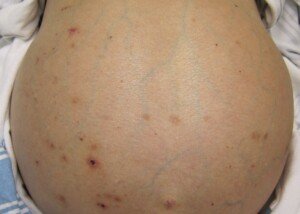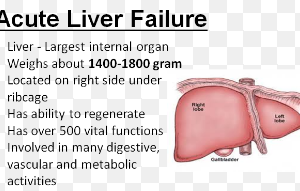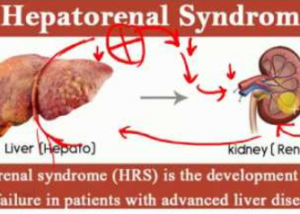
It’s unsettling: Even a young woman who doesn’t drink can get cirrhosis of the liver.
The risk of non-alcoholic liver cirrhosis does not equally apply to men.
How young can a non-drinking woman get cirrhosis of the liver?
Early 20s and even teens.
This will seem very shocking to many people simply because cirrhosis of the liver has become, in modern culture, synonymous with heavy drinking – especially among men.
“While alcohol is one of the most common causes for cirrhosis, it is not the only one,” says Nadeem Baig, MD, a board certified gastroenterologist and hepatologist at Monmouth Gastroenterology, a division of Allied Digestive Health.
“There are several others, ranging from chronic viral infections of the liver like hepatitis C to autoimmune liver diseases, the latter of which disproportionally affect women more than men.
“And now we are seeing fatty liver disease on the rise as a leading cause for cirrhosis for both men and women.
“In sum, there are a whole host of liver disorders women can get without drinking much or any alcohol and end up with cirrhosis.”
Another condition that can cause a cirrhotic liver is primary biliary cirrhosis, which can strike women in their late 40s and 50s as well as at a younger age.
A third condition that strikes only women is intrahepatic cholestasis of pregnancy, which can pave a path to future cirrhosis.
Liver cirrhosis can lead to a need for a liver transplant.
Postmenopausal Liver Disease
Women often hear how the reduced level of estrogen after menopause can negatively impact bone and heart health.
Seldom do they hear that it can also negatively affect liver health. And all without drinking.
Of course, drinking can make the risk worse, leading to a condition called alcoholic fatty liver disease.
But in non-alcoholic fatty liver disease, drinking is not required to eventually lead to a cirrhotic liver.
NAFLD can also affect men and kids, but menopause is a risk factor. However, the added risk from menopause is not via a direct connection.
Following menopause, many women are at risk of excess weight gain due to hormonal changes, but also from reduced physical activity.
Excess body fat is not friendly to the liver. The surplus fat will build up in the liver cells.
Fat accumulation = a toxic ambience for the liver, potentially causing fibrosis…then cirrhosis. And guess what: Cirrhosis of the liver can lead to liver cancer.
A woman is not protected from a very sick liver just because she never drinks.
But as already mentioned, drinking will heighten the chances of developing a very ill liver. This is especially true if she takes medications including over the counter.
Due to a woman’s body being, on average, smaller than a man’s and with a higher percentage of fat, her risk is higher than a man’s.
This is why the general recommendations for liquor consumption are “one glass” a day for women and two for men.
But beware: The inept descriptor of “glass” actually refers to four ounces.
Can a non-drinking woman reverse cirrhosis once she has it?
No. Can’t be done. But there is a “cure”: a liver transplant.
Women who feel healthy and vivacious need to start thinking about cirrhosis of the liver. They absolutely must limit liquor intake. Its effect on the liver is cumulative.
Ever hear someone say, “I’ve been drinking for 40 years and never had a problem, so the problem I have NOW can’t possibly be related to my drinking”?
Guess what: It took 40 years to get that way. You can’t get back that 40 years. But if you’re young, you can make decisions today to avoid a path that, 40 years (or much sooner) from now, will bring you doom.

 Dr. Baig’s
Dr. Baig’s







































